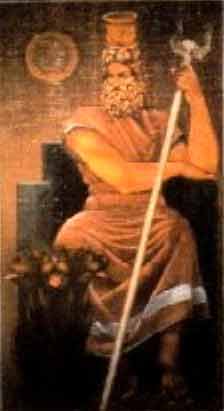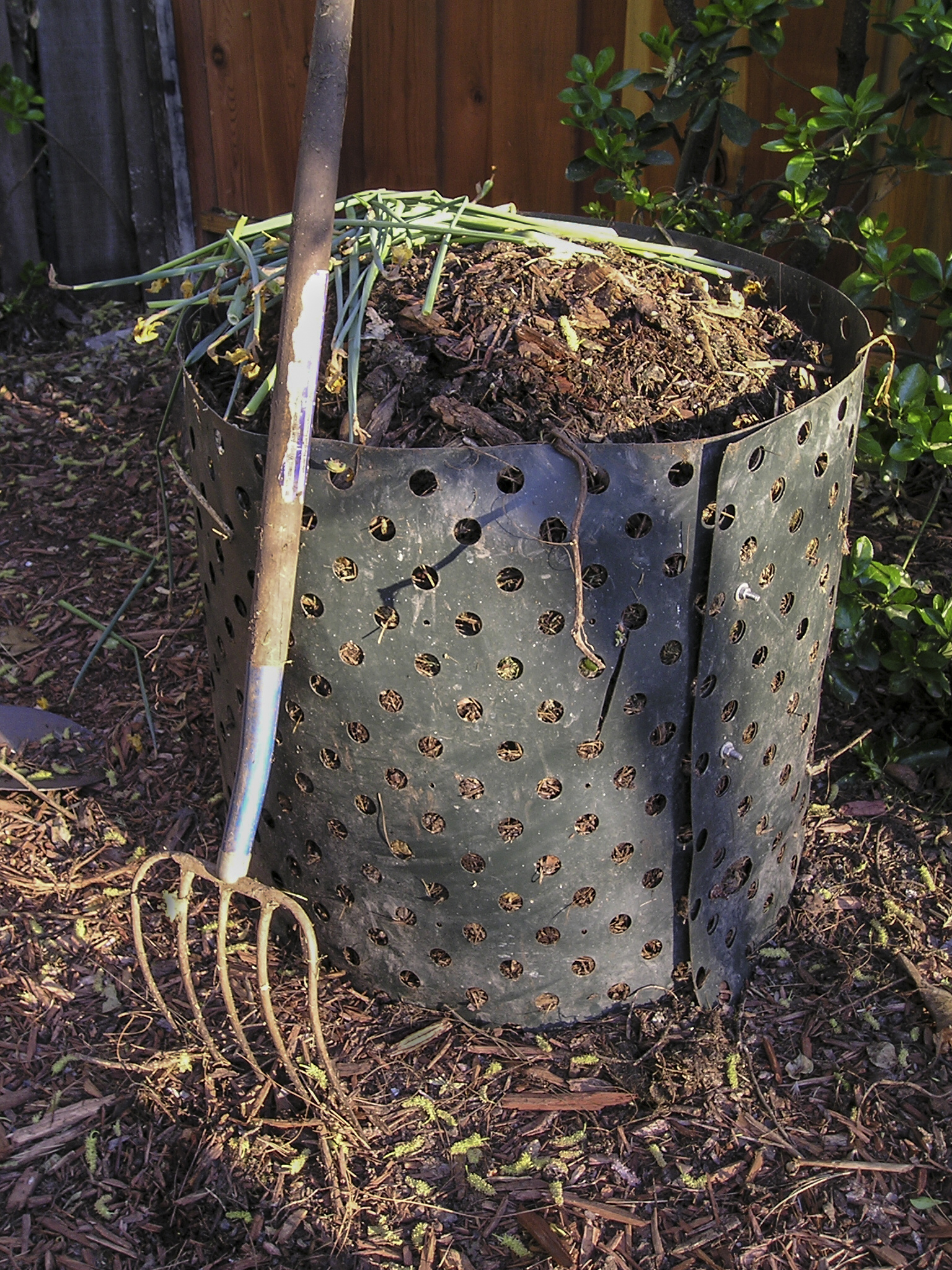Hm ... Mullaney doesn't give a sign, that she realizes, that Buttadeus addresses the "wandering Jew". Buttadeus as wandering Jew makes sense, as the wandering Jew story is related to Armenia, and the 5 scholars have their exploration in Armenia. Why should now her interpretation of Grattarognis be the correct solution for the possibly rather tricky ideas of Folengo?mikeh wrote:On the names Merlino,Grattarognis, etc, see footnotes 3 and 4 in Mullaney, p. xx at http://books.google.com/books?id=X5ms5s ... &q&f=false.
"Merlin" trades on the famous Arthurian magician; Robert de Boron's Merlin (1220) had been published in an Italian prose translation in 1480. For "Grattarognis": Mullaney saysIn the same vein, "Baricocola," the name of another of the frame-story companions, "means apricot but is also a term for testes," she says.Grattarogna reminds one of the passage from Dante's Paradiso in which Cacciaguida urges Dante to pursue the truth upon his return to the world, even if the truth is upsetting, and "let people scratch where it itches" (e lascia pur grattar dov'e la rogna; Par. 17:12).
Wordgames like those of James Joyce and Arno Schmidt live with the quality of possible double interpretation. Why should it be different with Merlinus Cocai? He shows all signs, that he loved creative use of language. Similar "apricot" makes no sense for Baricocola, "testes" might be better.
The Venetian wordbook gives "head" or "testes", perhaps the basis for this association is the idea of "egghead". Folengo lived at Venetian territory.
Giovanni ... Butterdeus makes sense as the historic person was called Giovanni Buttadeus. Which persons do we have else in the 5-men-arrangement? The chief speaker is "Aquarius Lodola" ... well, Aquarius might be an association for the penis (a fountain at very natural acts), then the "testes" interpretation makes sense. "Aquarius lodola" ... Lodola is the Lerche (German bird name) and it is known, that birds had sexual association and it is known, that Lerche is the earliest singing bird in the morning. So let me translate "aquarius lodola" with "Morgenlatte", which is a German expression for the usual erection of the penis between sleep and awakening. And when the 5 scholars now go to the details in the East (a cavern with mysteries), I know, that in the context of Baricola-testes and Aquarius lodola I start to think of Dea Syria (somehow in Armenia) alias Venus. And when I hear, that Merlin Cocai lives or lived in the cavern (whereby the usual Merlin lives in a tower), then I start to think, that the tower had entered the cavern and I'm not too far to identify Cocai as the cock ... though this is English and can't be the right solution.
From Giovanni Buttadeo (the person) it is known, that he couldn't sit quiet and couldn't stay longer than 3 days at one place. Always restless ... everybdy might think, what he wants in the given context, how Buttadeo "beat God"
fits in his restless manner in the scheme.
**********
I detected this .. a very early Rabelais interpretation:
http://books.google.de/books?hl=de&id=R ... in&f=false

... which seems to say, that life and math isn't difficult or dangerous, as long you don't count more than 22.
Then my attention was captured by a genealogical list, which attempted to show, how Rabelais arranged, that Gargantua and Panagruel came to the world:



... which are now of interest, and so I took also the explanations ...

... proceeding with the list


So far the list, and returning back to that, what I found interesting:
Fierebras
http://en.wikipedia.org/wiki/Fierabras
A moorish giant, who becomes a Christian. Later he becomes a ruler in Spain.
Paladin Oliver
http://en.wikipedia.org/wiki/Oliver_%28paladin%29
has with Fierabras to do
Morgan = Pulci's Morgante
Fracasso = Folengo's Fracasso
Ferragus ... this startled me. The person is known ...
http://en.wikipedia.org/wiki/Ferra%C3%B9
... but it was not known in the discussion with Andrea Vitali about one of his specific texts:
http://www.letarot.it/page.aspx?id=264
Frotula de le dòne (Frottola of women) by Giovan George Alione of Asti (1460/70 - 1521/29). The text was printed for the first time in 1521 according Andrea. The poem itself might be naturally much older, Andrea has his suspicion on 1494. It contains the word Taroch (and it is either the first first or the second use of the word). As the text is written in local dialect, the translation problems are considerable.
In the text the word Ferragù appears very close to the word Taroch. Andrea's idea was it, that it just a local name, Ferragu appears as a family name in the region. However, with the appearance of "Ferragus" in Rabelais' giant genealogy the passage gets another face. Alione is ALSO counted as a poet of Macaronea.Frotula de le dòne
Nostre done han i cigl ercù
Porton cioche e van stringà
Per fè attende a la brigà
Cogle pias el mazocù.
S'una dona va a remusg
E feis ben so marì bech
El pan ong ne lo pù lech
A travonder chel pan sug
E pos cha a fer gnun ni tug
Ma cla porta a cà di scù.
Le putein ch' aveon pr' un quart
Volon ades un cavalot
S'el consegl nel fa stè ascot
Nostre done andran fer l'art
Speisa tant che Dè gle a part
Valo antorn soi paracù.
Рos chel done han preis al bot
Un vergilli han cià derrer
O gle ha mis el feu derrer
Pr'avischer nosg ciriot
Ch'ancor van nesch stradiot
Ciriant and o circù.
Aristotel nan scampè
Ch'una dona el cavalcò
Se voi done fè dercò
Penitenzia a quater pè
Guardè a non squarciè el papè
Pr'andè a studi in utroquù.
Mi ne seu pu bel pareir
Che fè stragichè el frangougl
Crubir gloeugl con i zenougl
E attacherse ai contrapeis
Cost è un at' chi tost è ampreis
Chi fa fer l'erbor forcù
Guardè done a non fiacher
So sij gravie cho gle i group
Vozì aneing la schina a i coup
E la chiesia su o ciocher
Ma sei destre al sabacher
Degle o so reciprocù.
O gle o zeu del cazafrust
Zeu da cog quant el fa brun
Zeu che doi ne paron ch'un
La gatta orba è ancor pù iust
Ma val poc chi nalcia el bust
Per dè an brocha a piza o cù.
Marì ne san dè au recioch
Secundum el Melchisedech
Lour fan hic. Preve hic et hec
Ma i frà, hic et hec et hoc
Ancôr gli è – d'i taroch
Chi dan zù da Ferragù
Cole chi per so zovent
Ne se san fer der sul tasche
Con o temp devantran masche
Quant gnuni ni dirà pù nent
So dagn per ciò gl'abion el ment
Cho diao san furb el cù.
S'isg bigotz gent dal mantel
Queich fratesche o crestian vegl
Vorran creze a i soi cervegl
Despresiant o nostr libbel
Mandegle autr da preve Raphael
Ferse scrive un k. s. u.
Finis
The mentioned Melchidesech is ...

... Melchizedek ... http://en.wikipedia.org/wiki/Melchizedek
... who in the bible offers hospitality to Abraham and his men after a fight. The city Asti (where Alione lived) ALSO offered hospitality in 1494/95 to the French king Charles VIII, before he attacked Naples ... and after he came back rather disappointed about his ideas after 10 months.
The short poem is very much about sexual behavior of the local women. Charles VIII. had a local love affair during his stay in Asti. The translation is, as already said, very difficult and by far not secure.


